
In recent years, we’ve been exposed to the organic health trend, meaning purchasing fruits free of chemicals, just as nature intended. Unfortunately, the prices of these fruits are almost two times more expensive than those produced by other, less healthy, methods. The solution to this problem can be seen as challenging, but the truth is that it is simple and at the same time fun and enriching - growing fruit trees in your yard or on a balcony if you live in an apartment.
Aside from giving you something to do and the blooming green color that will bring light into your life, this new hobby will provide both natural and fresh fruits at your fingertips, as well as a sense of satisfaction and therapy for the soul. This guide will teach you what you need to do to make your balcony or garden a flowering and lively orchard with 8 types of fruit trees you can grow on your own.
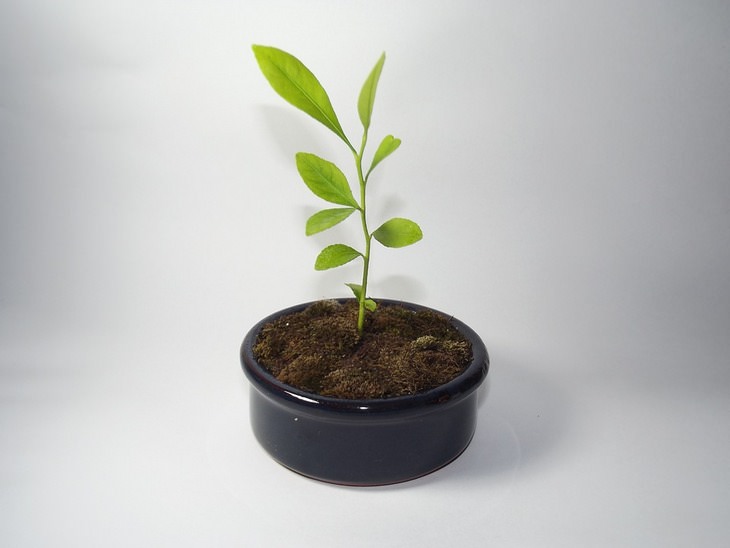
1. It’s recommended to water trees and plants late in the evening or at night - not during the day especially when it’s hot (unless otherwise stated on the seed pack).
2. If you decide to grow a tree in a pot, you have to make sure it is made of plastic, with a double wall and holes at the bottom. Although concrete or clay pots are more beautiful, they absorb and retain heat for a long time, causing damage to the roots of the tree. As for the holes in the bottom, these are meant to drain the soil from the tree so that excess water doesn’t cause the formation of fungi or decay in the roots.
3. You can keep all the trees in the article below small, and you can learn how to do this with the help of this guide since the trees can reach a great height and are usually not suitable for sun terraces or small gardens.
If you’ve ever wanted to grow a lemon tree on your balcony and thought it was impossible, let us tell you that it actually is possible and even easy. The lemon tree is considered to be one of the most resilient fruit trees, and in order to grow it needs to be placed in an area with sun exposure for most of the day and protected from strong winds. If you live on a very high floor and strong winds are normal on your balcony, you may want to choose another tree from the list.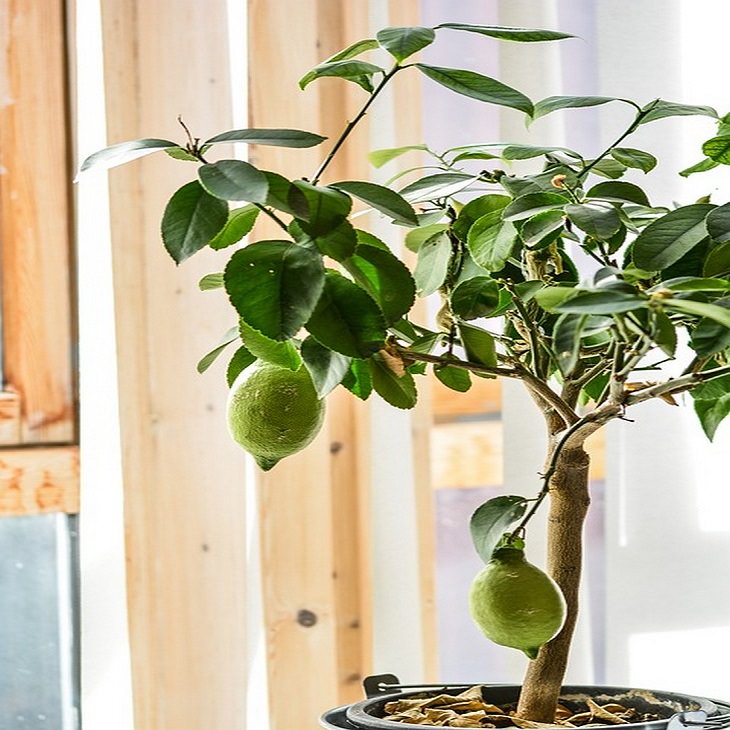
Strawberry is a favorite fruit that’s not so easy to grow, but it is possible if you’re up for the challenge. The saplings should be planted in a planter in your garden or on the balcony and placed in an area with lots of light and air. The bush needs treatment only when it yields fruit which should be kept far from the soil. In addition, it is recommended to protect the bush from birds.
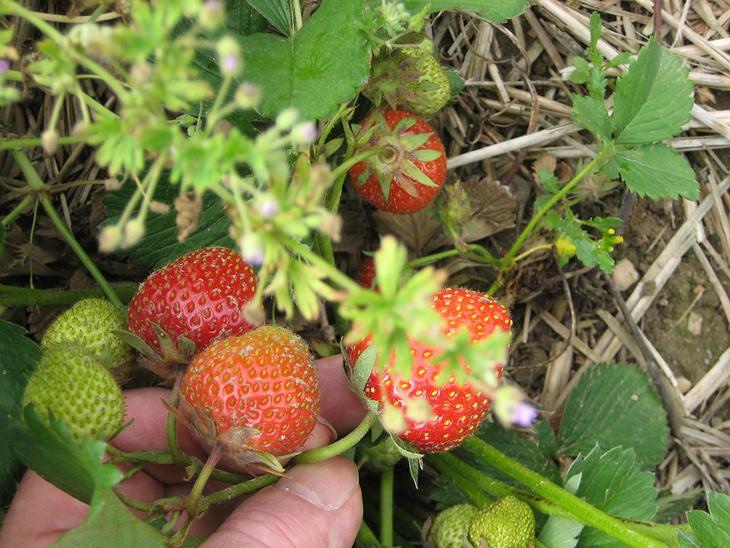
The apple is a type of fruit that grows in areas where the climate is cold, but there are several genetically engineered varieties that can grow in other climatic conditions.
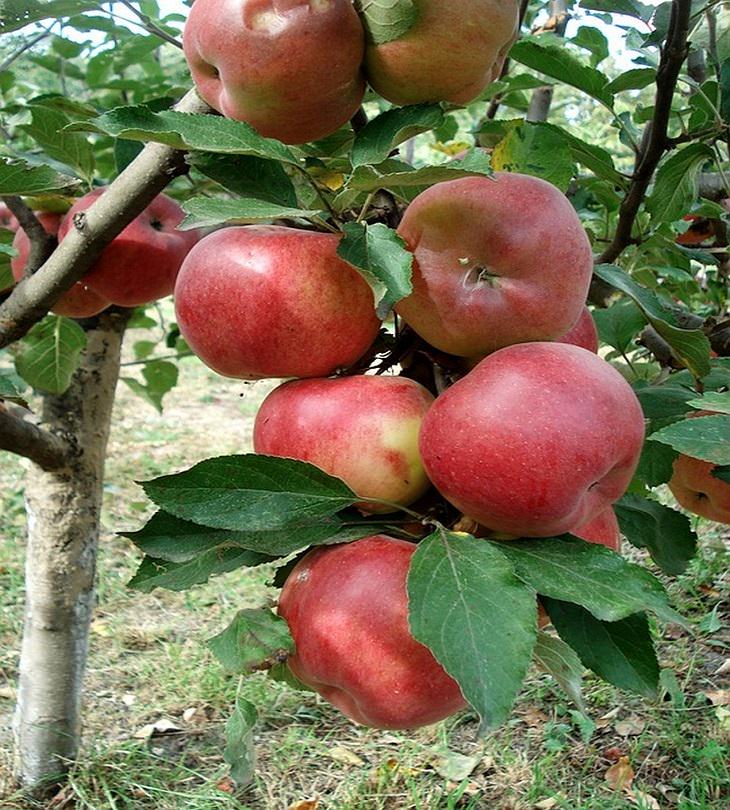
If your balcony or garden is not used during the winter months, you should grow a pomegranate tree, because it stands naked at this time of year, but immediately afterward it begins to bear green and glorify any garden it’s placed in. In addition, the pomegranate tree is considered very easy to grow and does not require much care.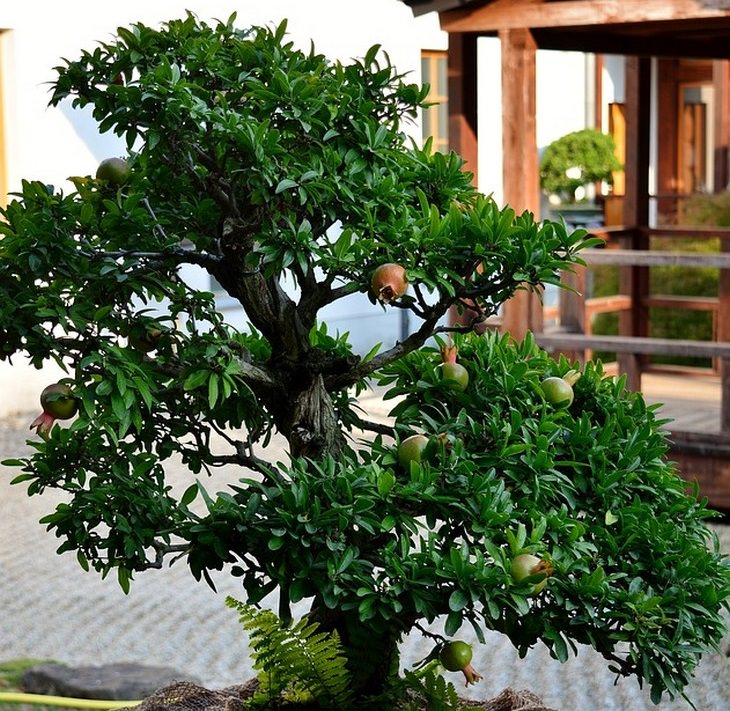
The aroma of a fig tree at its peak is one of the most wonderful things there is, but it is best to grow this tree in a garden only because it brings with it insects such as wasps and fruit flies that can be uncomfortable on a balcony.
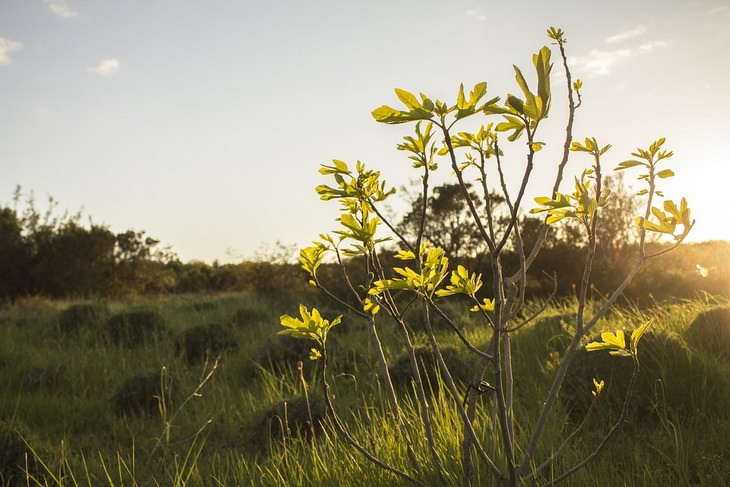
If you thought strawberries were a spoiled and complicated fruit, get to know the expert - the cherry. In order to grow a cherry tree from seeds, you will have to take challenging agronomic actions. The easier ways are to purchase a sapling or simply continue to buy the fruit in the supermarket. If you are adventurous and crave an agricultural challenge, you are more than welcome to try planting and growing one on your own - perhaps you’ll be able to create a new and more durable species. Details for growing these trees from seeds will be found below.
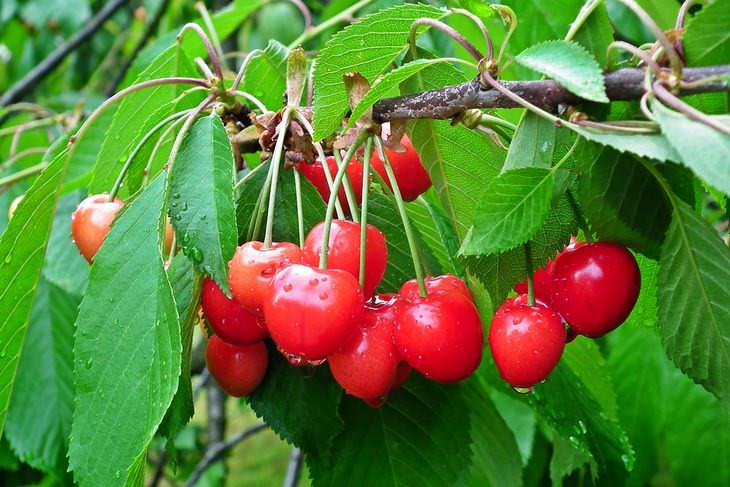
Before the sprouting process, the cherry seed needs to go through a cold period, in which the seed is placed in moist and cold soil for a period of about 1,000 hours (about 42 days) to simulate the process it undergoes in nature which protects the seeds that remain in a coma, so as not to germinate during the winter. To imitate this natural process, you should soak the seeds in water for 12-24 hours, then transfer the seeds to a perforated plastic cup with 6 small holes made with a hot needle. Apply a bed of peat or vermiculite, which has been soaked for several hours in water, over the seeds and put in a bag or closed box and placed in the refrigerator. The cold process should be carried out between December and January and then you will have to clean, dry and keep the seeds in a cool, dry place until planting - April (spring). Each seed should be grown in a separate pot and placed at a depth of 1-2 cm, placed in a semi-shaded place where the soil should be moist when planting. Water the plant with plenty of water.
Peaches and nectarines are the kind of tasty seasonal fruit that is highly recommended to grow in the garden or potted on a balcony. Their growth rate is rapid and, in both cases, it is recommended to buy them as a small tree rather than growing it from the seed stage.
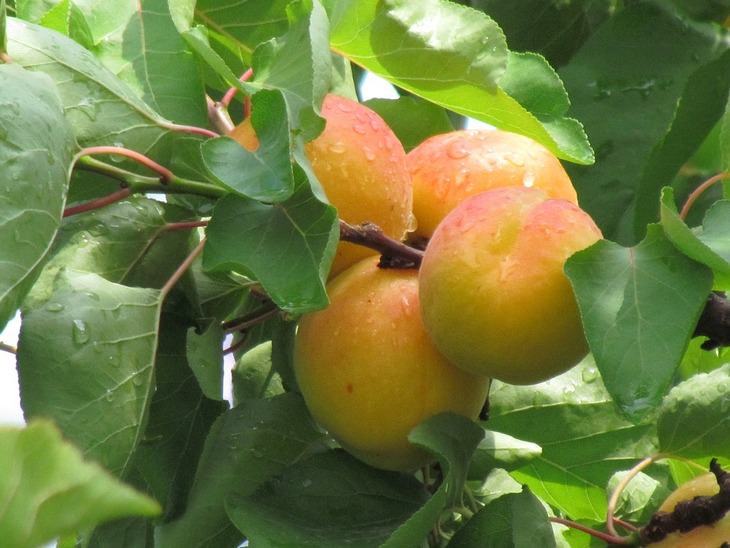
The guava is a fruit that you either love or hate, mainly because of its strong and pungent smell. But all fruit lovers who want to grow a guava tree on their balcony or in their garden have a great advantage because it is a plant that is very easy to grow.
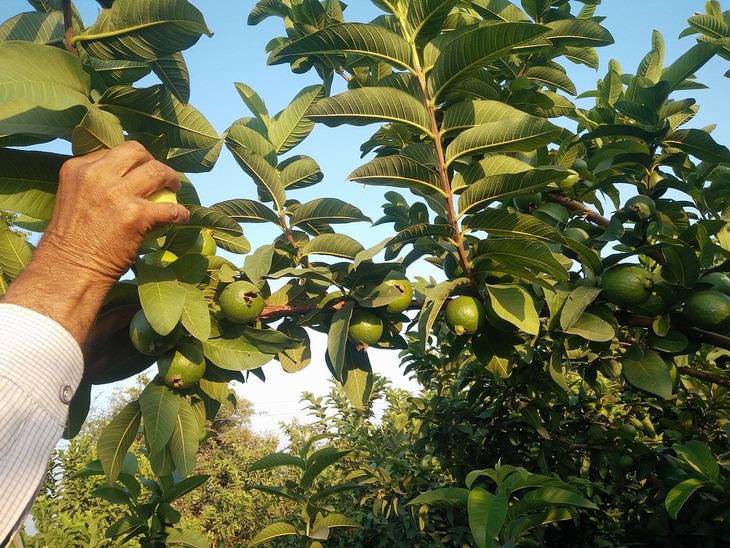
As you can see, if you purchase a cutting, sapling or a smaller tree, gardening isn’t so hard, and working in your garden will only give you a tremendous sense of satisfaction when you can produce fruit without chemicals and at almost no cost.